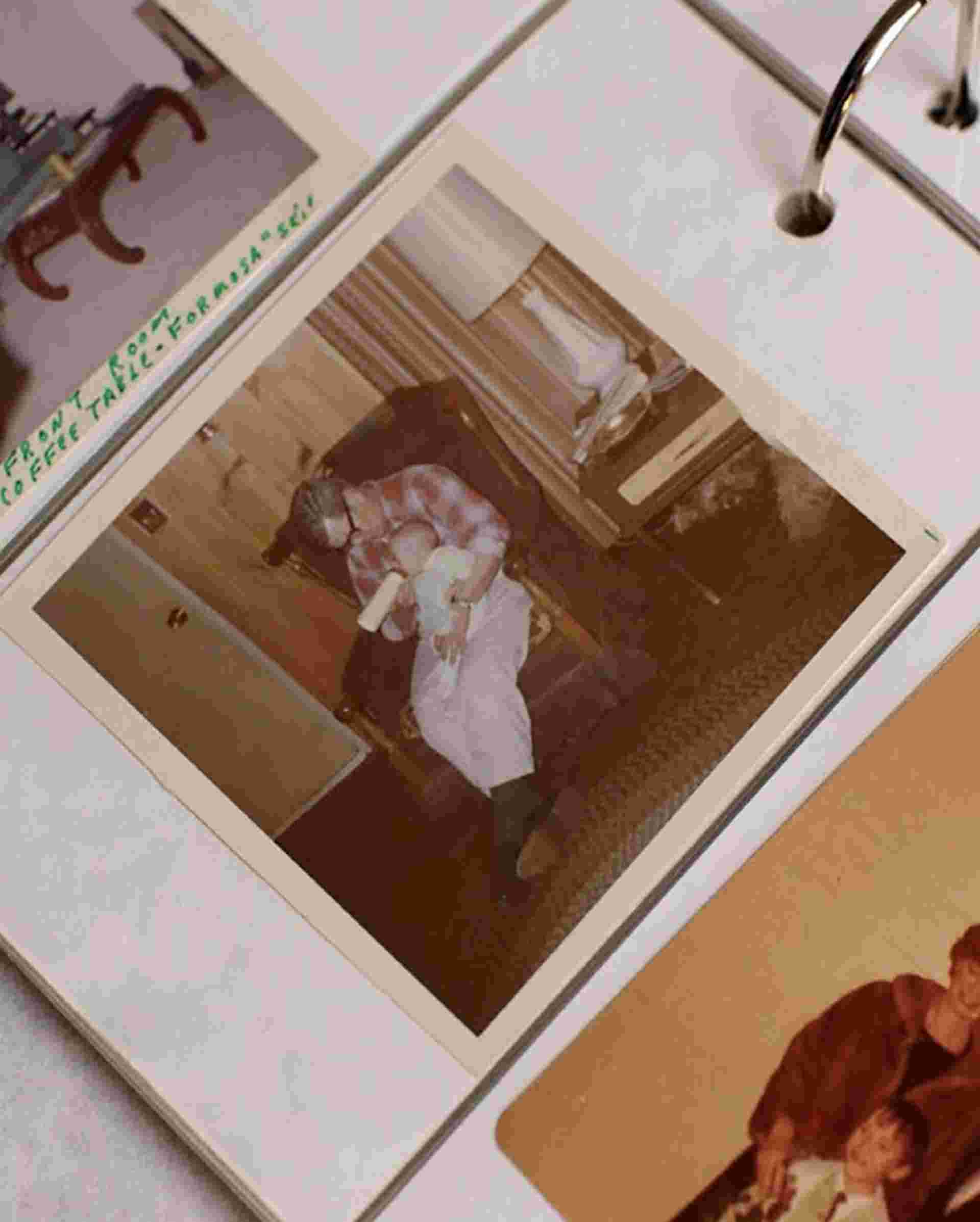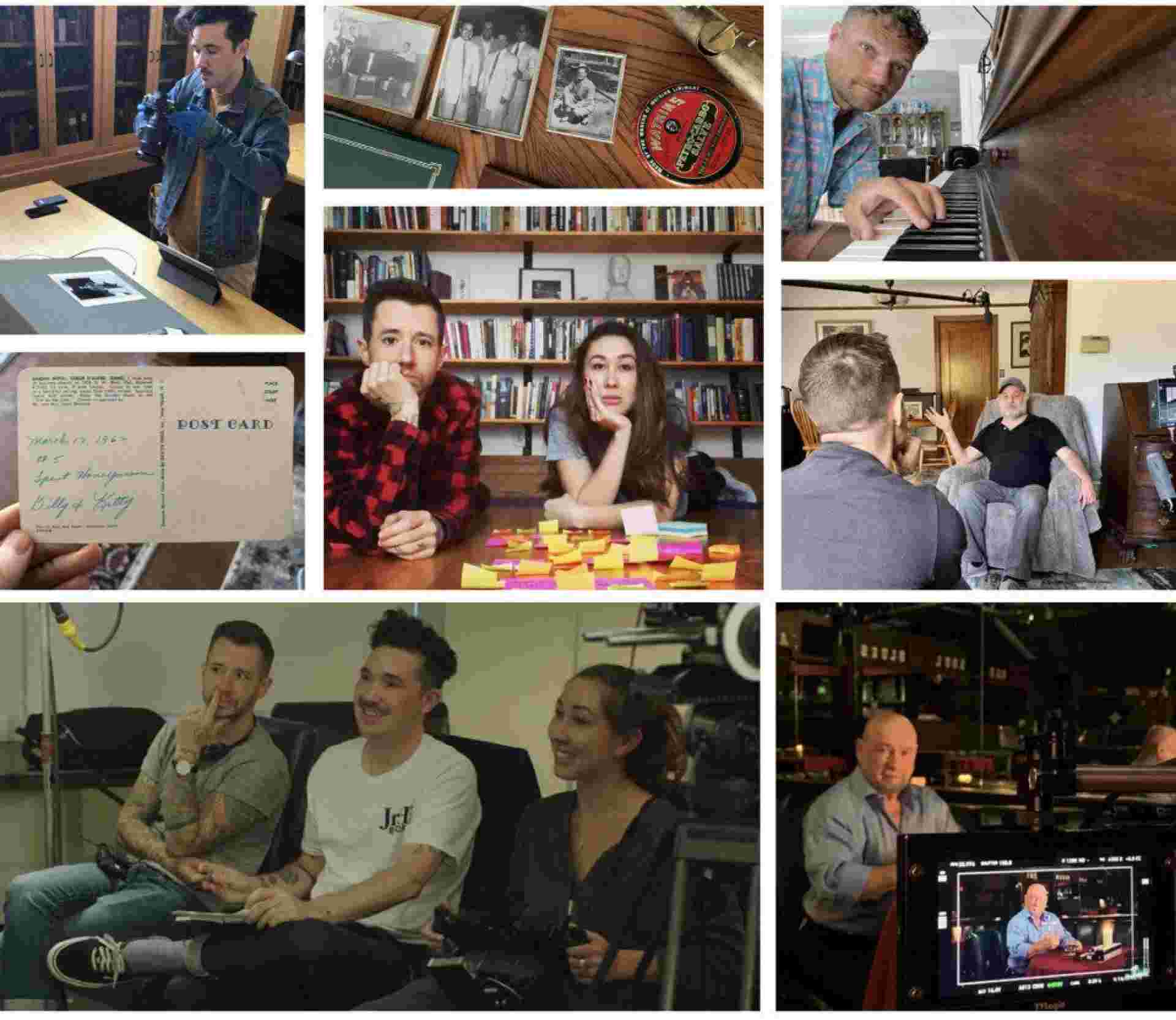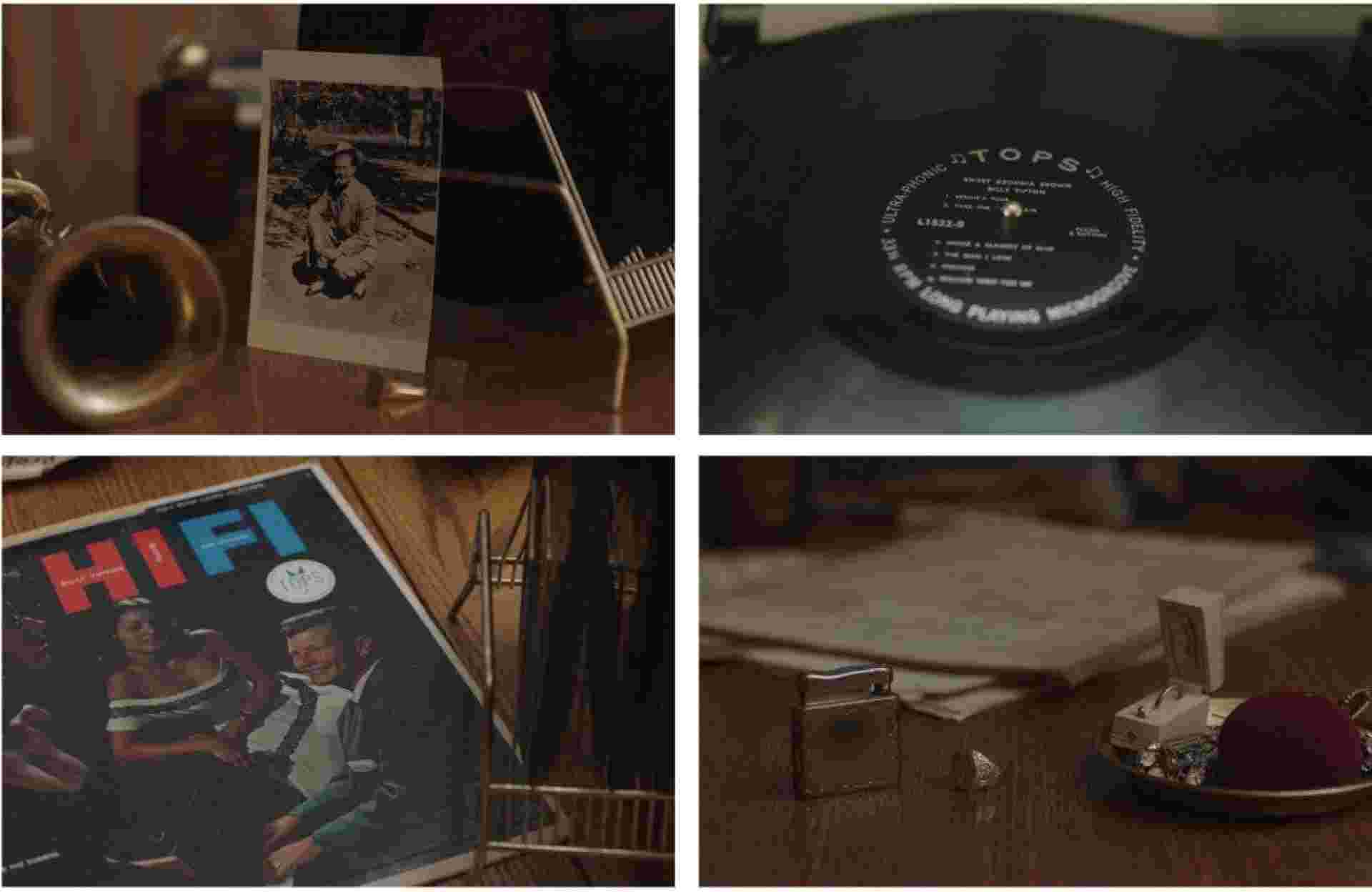
342 Water Street
They call it Gastown: 342 Water Street and environs

BY: Naomi Skwarna
When Aisling Chin-Yee and Chase Joynt, co-directors of the documentary No Ordinary Man, set out to make a film about American jazz musician Billy Tipton, they quickly shed any instinct toward indelible representation. Tipton’s death in 1989 revealed him to be transgender, and his legacy has been fought over and obscured ever since. They decided to make space for all of it.
“We didn’t want one interpretation that definitively claimed, ‘This is ‘Billy Tipton,’” says Chin-Yee, a director, writer and producer whose film The Rest of Us premiered at the Toronto International Film Festival in 2019. “Our version of this story will exist as one that people will argue against or for or with,” adds Joynt, an award-winning writer and moving-image artist. “We understand what we’re doing to be a part of a broader conversation—not as a corrective to that conversation.” The resulting film is as much about deciphering Tipton’s life as it is about the ongoing work of representing trans narratives and, more precisely, transmasculine identities.
Joynt and Chin-Yee staged scenes from Tipton’s past unusually: After sending out a carefully worded call, the directors held casting sessions in New York and Los Angeles, bringing in a slate of actors—like Marquise Vilsón, featured in the 2020 Netflix documentary Disclosure; Alex Blue Davis of Grey’s Anatomy; and performer, playwright and activist Scott Turner Schofield—to “audition” pivotal moments in Tipton’s story. They didn’t cast a Billy Tipton, dress him in a suit and place him in a smoky nightclub. Instead, the film stays in the casting room, showing no fewer than six transmasculine actors of diverse age, appearance and race speaking lines co-written by Chin-Yee and writer/photographer Amos Mac—dialogue that brings moments from Tipton’s history into the present. Even as the actors read from the script, we get the sense of being behind the scenes, imagination invited rather than concrete depiction.
In these casting sessions—which act as a leitmotif—we see the actors speak the same lines in their own cadence, shaped by their own performance choices. In this way, an identical piece of dialogue means different things when filtered through different people. No one version is more authentic than another. “These actors came from across the country—different backgrounds, different experiences, different ages,” says Joynt. “They brought their own understanding and their own experiences to Billy’s story.” Simultaneously, the performances—in the form of auditions—articulate how one person is so much less definite than we think. It speaks not just to Tipton’s life but to the hubris of representing any one person’s biography one way.

CLOCKWISE FROM TOP LEFT: Writer Amos Mac photographs the Tipton archives at Stanford University (Photo: Aisling Chin-Yee); Tipton memorabilia in Billy Jr.’s house (Photo: Chase Joynt); Rich Aucoin makes the original music for the film at his home in Nova Scotia (Photo: Rich Aucoin); Chase Joynt interviews Billy Jr. (Photo: Aisling Chin-Yee); author and activist Jamison Green (Photo: Chase Joynt); the creative team holds casting sessions in New York. (Aisling Chin-Yee and Joynt with writer Amos Mac in the middle. Photo: Léna Mill-Reuillard); the directors in an early story mapping session (Photo: Chase Joynt); a postcard from Tipton on his honeymoon, 1962 (Photo: Chase Joynt).
While No Ordinary Man deals with the themes of trans representation, history, family mythology and the right to a private life, it is always in the service of understanding Tipton’s reality as a trans man in the mid- to late-20th century, his fascinating career and, at its heart, the legacy held by his son, Billy Jr. To flesh out Tipton’s personal history, No Ordinary Man grounds the audition sequences with interviews that contextualize his experiences within a still-developing trans history. The film is punctuated by thoughtful conversations, conducted by Joynt, with Billy Jr. and a “cohort of experts,” as Joynt calls them: a range of scholars, activists, writers and artists that includes Susan Stryker, Thomas Page McBee and Zackary Drucker.
And then there is the question of showing Tipton himself. With no footage to draw from, Chin-Yee and Joynt created a collage of personal effects and ephemera they found in their research, which took them all over the United States—from Stanford to Spokane. Everyday objects like Tipton’s driver’s licence, photos of him in one of his many tailored suits and recorded Christmas letters that capture his smoker’s cough in all its hacking glory take the film into the most intimate corners of Tipton’s world—most poignantly, his music. “He didn’t leave behind diaries filled with details about being a trans man,” says Chin-Yee. “He left records and music behind. That’s his voice.”
No Ordinary Man premiered at the Toronto International Film Festival in 2020. It is slated for wider release in early 2021.

More memorabilia from Billy Jr.’s house in Spokane: Washington: Tipton’s saxophone and wedding day cufflinks; two vinyl recordings by the Billy Tipton Trio, both released in 1957; sheet music; Tipton’s Zippo; Tipton’s wedding ring. (Photos: Léna Mill-Reuillard)